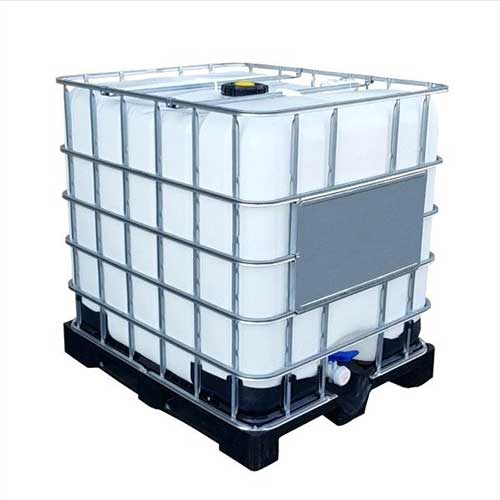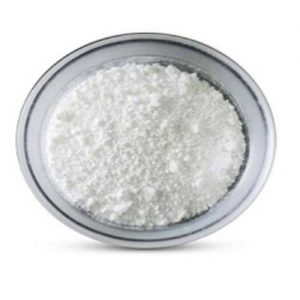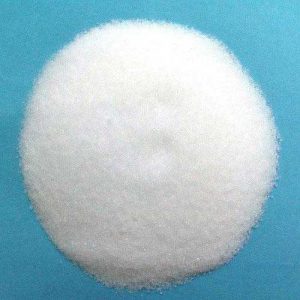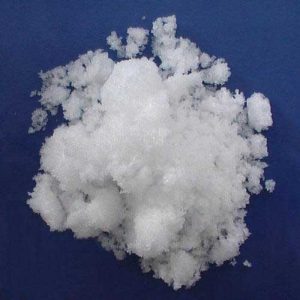- Have any questions?
- 91-22-23726950
- 91-22-23774610

Chromic Chloride
May 7, 2019
Copper Sulfate, Cupric Sulphate
May 7, 2019Citric Acid
Muby Chemicals established in the year 1976, is pioneer in Manufacturing Chemicals for Oil and Gas Exploration, Hydraulic Fracturing (Fracking) and coiled tube Chemicals.Our advanced chemistry leading to an innovative and high-performance product range is coupled with effective on and off site management services.
We are manufacturer of Specialty chemicals, Pharmaceutical Excipients, Fragrance & Flavorchemicals in India, which are of IP, BP, USP, Ph. Eur., FCC or Food Grade, ACS, AR or Analytical Reagent Grade, LR or Laboratory Reagent Grade, Pure and Technical Grades of various chemicals.
Citric Acid Monohydrate BP
C6H8O7-H2O — 210 — 5949-29-1
Citric Acid BP Monohydrate
DEFINITION
2-Hydroxypropane-1,2,3-tricarboxylic acid monohydrate.
Content
99.5 per cent to 100.5 per cent (anhydrous substance).
CHARACTERS
Appearance
White or almost white, crystalline powder, colourless crystals or granules, efflorescent.
Solubility
Very soluble in water, freely soluble in ethanol (96 per cent).
IDENTIFICATION
First identification B, E.
Second identification A, C, D, E.
A. Dissolve 1 g in 10 ml of water. The solution is strongly acidic.
B. Infrared absorption spectrophotometry.
C. Add about 5 mg to a mixture of 1 ml of acetic anhydride and 3 ml of pyridine. A red colour develops.
D. Dissolve 0.5 g in 5 ml of water, neutralize using 1 M sodium hydroxide (about 7 ml), add 10 ml of calcium chloride solution R and heat to boiling. A white precipitate is formed.
E. Water (see Tests).
TESTS
Appearance of solution
The solution is clear and not more intensely coloured than reference.
Dissolve 2.0 g in water and dilute to 10 ml with the same solvent.
Readily carbonizable substances
To 1.0 g in a cleaned test tube add 10 ml of sulphuric acid and immediately heat the mixture in a water-bath at 90 ± 1 °C for 60 min. Cool rapidly immediately afterwards. The solution is not more intensely coloured than a mixture of 1 ml of red primary solution and 9 ml of yellow primary solution.
Oxalic acid
Maximum 360 ppm, calculated as anhydrous oxalic acid.
Sulphates
Maximum 150 ppm.
Aluminium
Maximum 0.2 ppm, if intended for use in the manufacture of dialysis solutions.
Heavy metals
Maximum 10 ppm.
Water
7.5 per cent to 9.0 per cent, determined on 0.500 g.
Sulphated ash
Maximum 0.1 per cent, determined on 1.0 g.
Bacterial endotoxins
Less than 0.5 IU/mg, if intended for use in the manufacture of parenteral dosage forms without a further appropriate procedure for the removal of bacterial endotoxins.
Citric Acid Monohydrate USP
Citric Acid USP Monohydrate
C6H8O7·H2O 210.14
1,2,3-Propanetricarboxylic acid, 2-hydroxy-, monohydrate.
Citric Acid Monohydrate contains one molecule of water of hydration. It contains not less than 99.5 percent and not more than 100.5 percent of C6H8O7, calculated on the anhydrous basis.
Labeling— Where it is intended for use in dialysis solutions, it is so labeled. Where Citric Acid Monohydrate must be subjected to further processing during the preparation of injectable dosage forms to ensure acceptable levels of bacterial endotoxins, it is so labeled. Where Citric Acid Monohydrate is sterile, it is so labeled.
Identification, Infrared Absorption 197K— Dry the substance to be examined at 105 for 2 hours.
Bacterial endotoxins— The level of bacterial endotoxins is such that the requirement in the relevant dosage form monograph (s) in which Citric Acid Monohydrate is used can be met.
Sterility— Where the label states that Citric Acid Monohydrate is sterile, it meets the requirements for Sterility, in the relevant dosage form monograph(s) in which Citric Acid Monohydrate is used.
Water: between 7.5% and 9.0%.
Residue on ignition: Not more than 0.1%, determined on 1.0 g.
Readily carbonizable substances— To pass the test
Sulfate— 0.015%.
Heavy metals: 0.001%.
Limit of oxalic acid— 0.036%.
Citric Acid FCC Food Grade
C6H8O7 Formula wt, anhydrous 192.13
C6H8O7·H2O Formula wt, monohydrate 210.14
INS: 330 CAS: anhydrous [77-92-9]
CAS: monohydrate [5949-29-1]
DESCRIPTION
Citric Acid occurs as colorless, translucent crystals or as a white, granular to fine, crystalline powder. It is anhydrous or contains one molecule of water of hydration. The hydrous form is efflorescent in dry air. It is odorless and has a strongly acid taste. One gram is soluble in about 0.5 mL of water, in about 2 mL of alcohol, and in about 30 mL of ether.
Function: Sequestrant; dispersing agent; acidifier; flavoring agent.
REQUIREMENTS
Labeling: Indicate whether it is anhydrous or hydrous.
Identification: A 1:10 aqueous solution gives positive tests for Citrate.
Assay: Not less than 99.5% and not more than 100.5% of C6H8O7, calculated on the anhydrous basis.
Lead: Not more than 0.5 mg/kg.
Oxalate: Passes test.
Readily Carbonizable: Substances Passes test.
Residue on Ignition: Not more than 0.05%.
Tridodecylamine (for solvent-extracted Citric Acid only)
Not more than 0.1 mg/kg.
Water: Anhydrous: Not more than 0.5%; Monohydrate: Not more than 8.8%.
Citric Acid ACS Analytical Reagent
Citric Acid, Anhydrous, and Citric Acid, Monohydrate
2-Hydroxy-1,2,3-propanetricarboxylic Acid
HOCOCH2C(OH)(COOH)CH2COOH; Formula Wt. 192.13
HOCOCH2C(OH)(COOH)CH2COOH-H2O; Formula Wt. 210.14
CAS Number 77-92-9 (Anhydrous); 5949-29-1 (Monohydrate)
REQUIREMENTS
Assay: 99.5% C6H8O7; 99.0-102.0% C6H8O7-H2O min
MAXIMUM ALLOWABLE
Insoluble matter: 0.005%
Residue after ignition: 0.02%
Chloride (Cl): 0.001%
Oxalate (C2O4): Passes test
Phosphate (PO4): 0.001%
Sulfate (SO4): 0.002%
Iron (Fe): 3 ppm
Lead (Pb): 2 ppm
Substances carbonizable by hot sulfuric acid: Passes test




